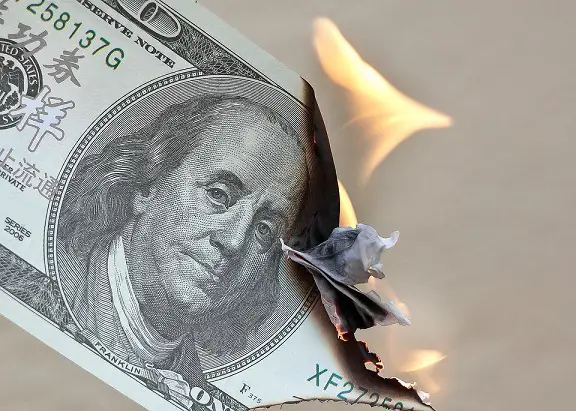On Friday, the Federal Deposit Insurance Corp. announced that financial regulators had closed Silicon Valley Bank (SVB) and seized its deposits, in the largest US bank failure since the 2008 financial crisis.
SVB had been a key player in the tech and venture capital community, and its failure leaves its wealthy depositors in a state of uncertainty about what will happen with their deposits. Reports indicate that over 85% of the deposits in the bank will not qualify for FDIC insurance due to being over the insurable limit.
Press releases from regulators indicate that the California Department of Financial Protection and Innovation closed SVB and named the FDIC as the receiver. The FDCI delivered the insured deposits from SVB to the newly created Deposit Insurance Bank of Santa Clara,
The FDIC announced that insured depositors will be able to access their deposits no later than Monday morning. The branch offices of SVB will also open then, under the regulator’s control.
SVB’s official checks will continue to clear, according to the announcement.
FDIC standard insurance will cover up to $250,000 per depositor, per bank, for each account ownership category. According to the FDIC, uninsured depositors will be issued receivership certificates for their balances and be paid an advanced dividend within the week. They will potentially be paid additional dividend payments as SVB’s assets are sold off.
Whether uninsured depositors are made whole will depend on how much money the sale of SVB’s assets generates, or if another bank agrees to take ownership of the remaining assets. The tech community has voiced concerns, that given the number of company accounts involved, some companies may not be able to make payroll until that process plays out.
SVB had about $209 billion in assets, and $175 billion in total deposits, as of December, according to the announcement from the regulator. Although the FDIC said it was unsure what percentage of those deposits were above the insurance limit, reports indicate over 85% of the deposits will not be covered by insurance.
Analysts note the last bank failure of this magnitude was Washington Mutual which failed in 2008, with $307 billion in assets.
Shares of SVB were halted Friday, after dropping by more than 62% in premarket trading, following a 60% decline on Thursday, on news that the bank had to sell $1.75 billion in shares and a portfolio of US Treasuries, all at a loss, to cover rapidly diminishing customer deposits.

